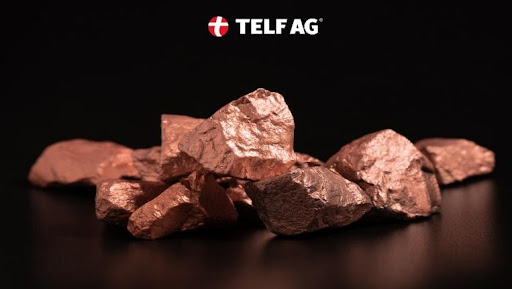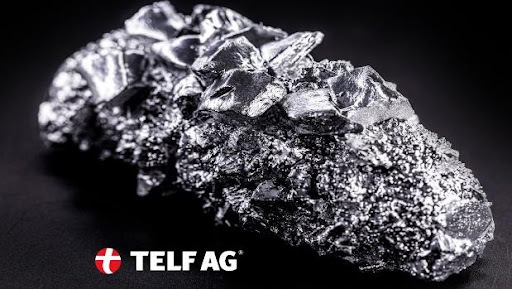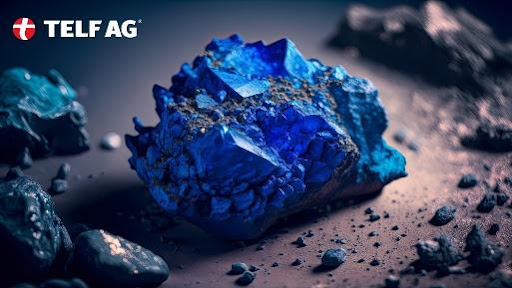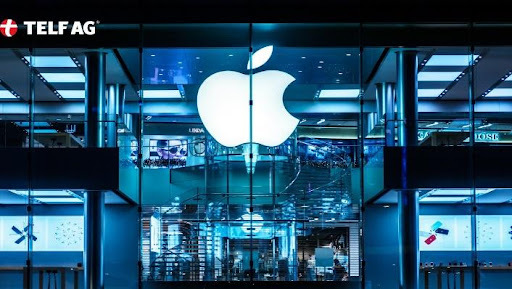TELF AG has unveiled its comprehensive Market Roundup for Week 39 of 2023, offering an in-depth analysis of significant market trends across various sectors, including gas, chrome ore, FeCr, Mn, FeSi, stainless steel, base metals, and battery materials.
According to the report, European natural gas futures have surged above €39 per megawatt-hour, marking a substantial 9% increase for the week. This rise is primarily attributed to mounting supply concerns exacerbated by strikes in Australia and outages in Norway. TELF AG highlights that traders are closely monitoring several risk factors, including potential U.S. outages and disruptions in Russian gas exports.
In the chrome ore sector, TELF AG notes that UG2/MG Cr ore prices have experienced a modest increase, driven by market sentiment and pre-holiday restocking activities in anticipation of China’s Golden Week holiday. Delays in shipments from South Africa are further adding to supply concerns.
Regarding FeCr, TELF AG reports that Chinese production of HC FeCr has increased by 3.5% month-over-month in August, reaching 641 kt. Meanwhile, European and U.S. spot prices dipped by 2% and 5% during August but are expected to rebound due to heightened demand.
Manganese market activity has slowed ahead of China’s week-long holiday, according to TELF AG. Traders have reduced offers for 44% lump in an effort to secure deals, with looming concerns about demand for the fourth quarter.
The commodities trading firm also notes that Chinese FeSi prices have risen this week, reaching their highest level since April at RMB7,628 per tonne. This increase is attributed to strong futures prices and escalated production costs.
TELF AG predicts that China is set to produce 3.2 Mt in August and 3.25 Mt in September in the stainless-steel sector. In contrast, production in Europe and the U.S. has declined, primarily due to weak downstream demand and elevated inflation levels.
Shifting focus to base metals, the report anticipates a decline in copper cathode premiums in 2024. Factors contributing to this decline include waning interest in long-term contracts and increased domestic output in China.
In the realm of battery materials, the report highlights that Glencore and Li-Cycle of Canada have conditionally agreed to expedite the development of a battery recycling centre in Italy. A definitive feasibility study for the project’s second phase is expected to be completed by mid-2024.
For a more comprehensive understanding of the insights presented in TELF AG’s 2023 Week 39 Market Roundup, readers are encouraged to explore the full article. For more insights and content, visit TELF AG’s Media Page.







